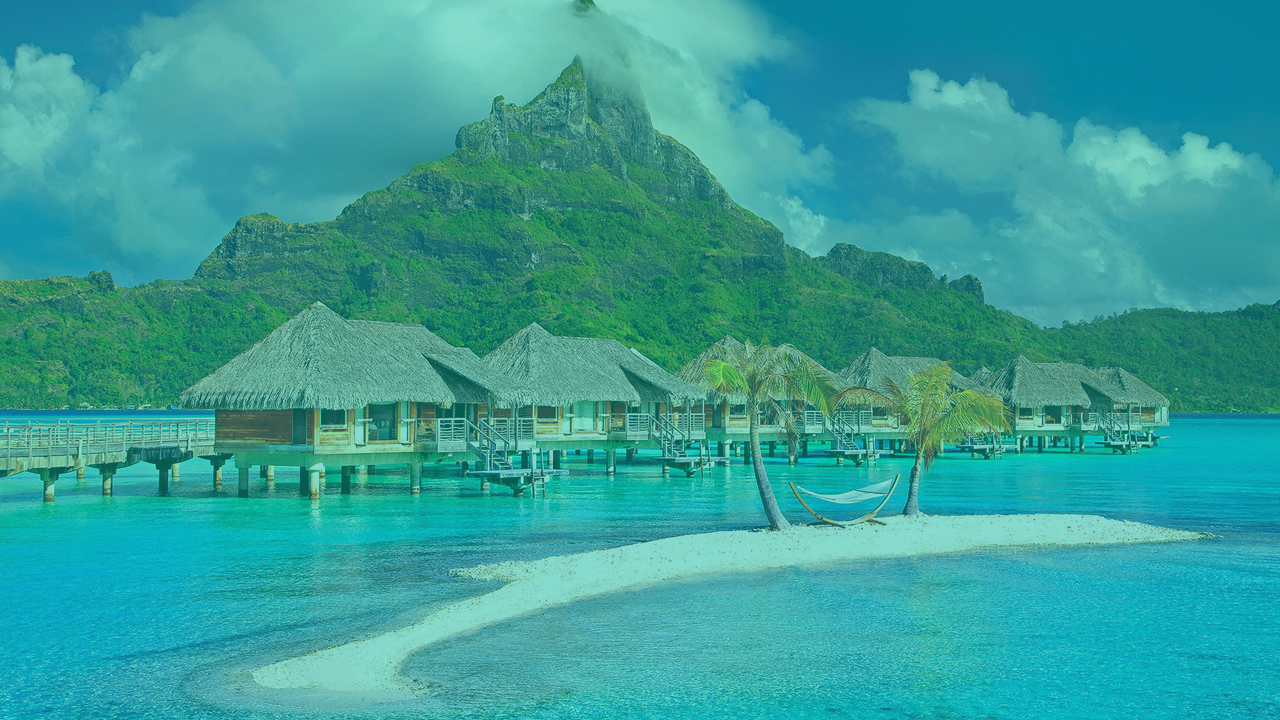From the eBook of the same name; this 2-minute overview covers the basics of the 7 keys to starting a successful incentive trip. Whether you’re starting an incentive trip or looking for fresh ideas for your current, this is for you!
Here are the seven keys to starting a successful incentive travel program:
Number one: motivate who and what. When I say “who” I mean your audience. What are their demographics? What are their psychographics? The “what” is about business goals, our tip is put the goals in writing. I promise you’ll be shocked at the clarity of purpose it brings.
Number two: hire an incentive pro. Okay, I know that seems self-serving but here’s why… an incentive program needs expert advice on current trends reduce risks and save you time and money.
Number three: pick an aspirational destination. This often gets the most attention cite shared these most used destinations from 2017. What I see personally is Hawaii, Mexico, Caribbean, and Europe are the most popular and the most motivational. Here are three common mistakes: it’s not a CEO getaway, it’s not an executive committee retreat; focus on your audience and what’s going to motivate them.
Number four: build the budget. I’m asked “how much does a trip usually cost?” The IRF answered that in a recent study $3,915 per person, not per couple. But, another cautionary tale, just realized it could be more or less high-end trips could be a good bit more than $4,000, and a modest trip could be a good bit less. We have a budget builder on that you can use to play what-if scenarios.
Number five: add unforgettable experiences. This is what differentiates an incentive trip from a mere vacation. Leverage the unique event venues that are available in the destinations you go to create over-the-top events. Add authentic, unique, localized activities that can only be done in that location and then add gifting experiences; that becomes a real differentiator.
Number six: create engaging communications. One mistake I see is a trip is often the best-kept secret due to tiny promotional budgets. You should include in your communication strategy: teasers, kickoff videos, microsites, and leaderboards to motivate performance.
Number seven: high-touch logistics. Make sure you add an on-site manager and be cautious of using internal staff and presenting the trip to them as a perk.


